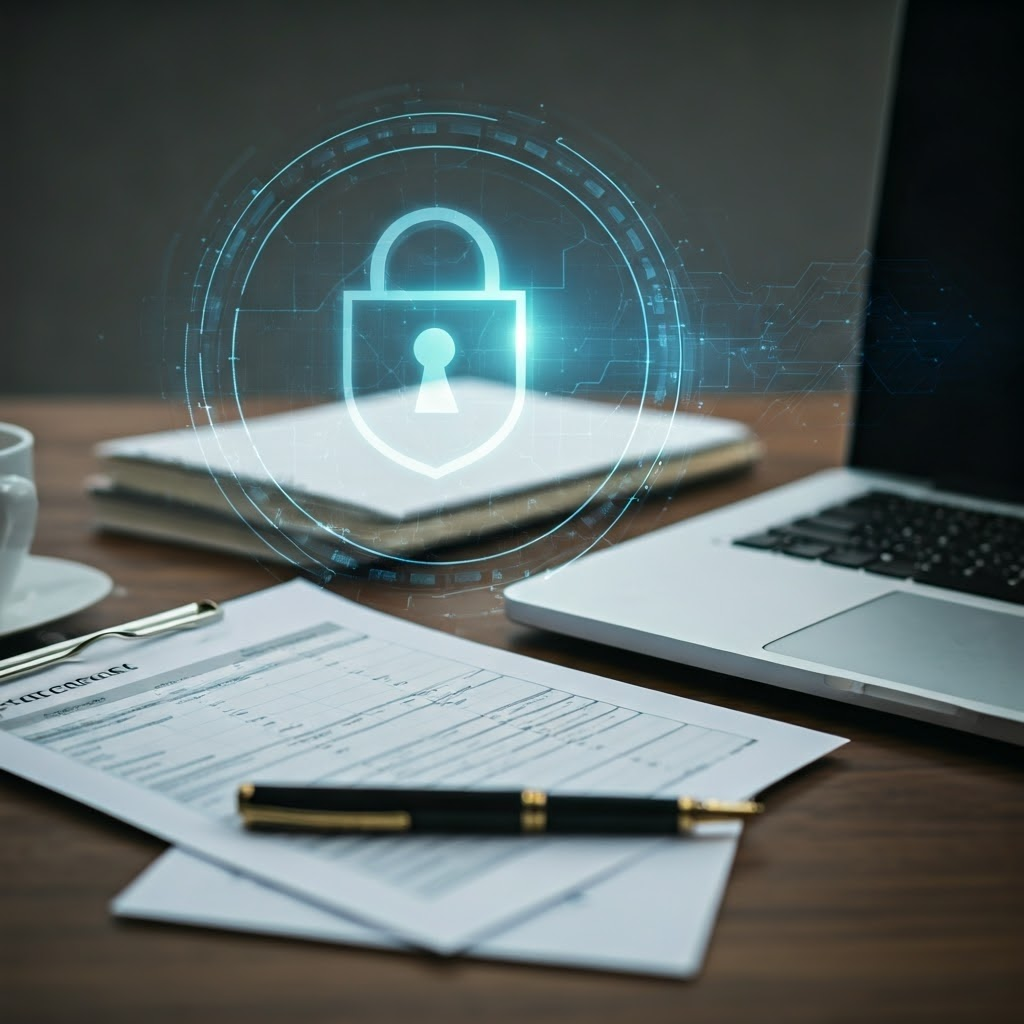Introduction

In today’s fast-paced digital world, security is critical for business resilience, as cyber threats become increasingly sophisticated. Regular security assessments are essential to ensure that organizations stay ahead of potential risks by evaluating their security posture and identifying vulnerabilities. In this blog, Zea, our Chief Security Auditor, and Linx, the CEO, discuss the importance of these assessments and walk through the steps involved in conducting a thorough security evaluation—from planning and scoping to risk assessment analysis and reporting.
They also highlight the tools and techniques used to identify weaknesses and create actionable recommendations. Stay tuned as we explore how security assessments not only strengthen your security but also contribute to developing effective mitigation strategies for identified risks and the role of regulatory compliance in enhancing your security approach.
The Process of Conducting Security Assessments

Zea: “To keep a business secure, especially in today’s world, conducting regular security assessments is key. But there’s a lot more to it than just identifying weaknesses. We need to think about how to create effective reports and what the process looks like.”
Linx: “Right, but what exactly does this process look like? Why is it so important for businesses to conduct these security assessments regularly?”
Zea: “Well, Linx, the goal of a security assessment is to understand your organization’s current security posture, identify vulnerabilities, and develop an actionable plan to fix them before attackers exploit those weaknesses. It’s essential for long-term business resilience and adapting to emerging cyber threats.”
Linx: “That sounds like something we need to be proactive about. But how do we even begin this process?”
Zea: “The first step is always planning and scoping. You need clear goals, define what will be assessed, and determine the methods. It’s important to involve the right stakeholders early on, get approvals, and set up communication channels for everyone involved.”
Linx: “So it’s about setting the stage before diving into the technical stuff?”
Zea: “Exactly. Once the groundwork is laid, the next step is data collection. Here, we gather information about your IT infrastructure, security policies, and any relevant documents. This can involve interviews, reviewing procedures, and using automated tools for vulnerability scans.”
Linx: “Okay, so we collect data to understand the current state. What comes after that?”
Zea: “After gathering the data, we move to the vulnerability assessment and risk analysis. This step identifies potential weaknesses in your systems and assesses their impact. Not all vulnerabilities are equal, so we rank them based on the likelihood they could be exploited and how much damage they could cause.”
Linx: “So it’s about prioritizing the most critical threats first?”
Zea: “Exactly. Then, we move on to the next phase: reporting and recommendations. The findings get documented in a clear, actionable report. This is where we outline the vulnerabilities, explain their potential impact, and provide recommendations for how to fix them.”
Linx: “That makes sense. So, it’s a lot about translating technical findings into something the whole organization can act on?”
Zea: “Yes, and the final step is remediation and follow-up. We create a plan to fix the issues identified in the report, assign responsibilities, and set up check-ins to ensure the fixes are being implemented effectively. Security is an ongoing process, so it’s important to monitor progress.”
Linx: “Sounds like a lot of steps, but it’s all critical to improving security. What tools do we use throughout this process?”
Zea: “We use a mix of automated tools and manual techniques. Automated tools like vulnerability scanners and SIEM systems help us quickly identify weaknesses and analyze security events. But manual techniques, like penetration testing and code reviews, help uncover vulnerabilities that tools might miss.”
Linx: “Okay, so it’s really a combination of technology and human expertise. But how do we make sure the security assessment report is effective?”
Zea: “That’s a great question. The report needs to be clear, concise, and tailored to the audience. You can’t just throw in technical jargon and expect everyone to understand. For example, executives are more interested in the risks and impact, while the IT team needs specific technical details to act on.”
Linx: “Sounds like tailoring the report is crucial. What else do we need to focus on in the report?”
Zea: “Before diving into vulnerabilities, it’s essential to assess your company’s critical assets—like customer data, intellectual property, and financial records. This helps us understand where to focus security efforts and what assets could cause the most damage if compromised.”
Linx: “So, we need to identify what’s most valuable to the business before we start assessing threats?”
Zea: “Exactly. After we identify those assets, we move to understanding and prioritizing potential threats. This involves assessing the likelihood and impact of various threats, such as cyberattacks, insider threats, and system failures. By understanding this, we can allocate resources to the most pressing risks.”
Linx: “And then we go into vulnerability analysis, right?”
Zea: “Correct. In this step, we analyze the vulnerabilities in depth. It’s not just about spotting weaknesses, but also evaluating their severity and potential impact. Penetration testing plays a key role here, simulating real attack scenarios to find those hidden risks.”
Linx: “So by thoroughly analyzing vulnerabilities, we can understand where to focus our attention?”
Zea: “Exactly. The last step in the report is developing a mitigation plan. This outlines what actions need to be taken, who is responsible for what, and a timeline for addressing each issue. The key here is making sure we have a clear roadmap to improve security based on the assessment findings.”
Linx: “Seems like a comprehensive process. But once the assessment is done, is that it? Or do we need to keep checking?”
Zea: “Good point, Linx. Security isn’t a one-time thing. We must regularly review and update our mitigation plans as new threats emerge and as the business evolves. Security assessments should be an ongoing part of your business strategy.”
Linx: “Got it! So conducting security assessments and following through with reports is a continuous process for protecting the business.”
Zea: “Exactly. And in our next blog post, we’ll dive deeper into how to develop effective mitigation strategies for the risks you identify. We’ll also talk about regulatory compliance and its impact on security assessments—because staying compliant is key to maintaining security and avoiding costly fines.”
Linx: “Looking forward to that! Thanks, Zea, for explaining the process so clearly.”
Zea: “You’re welcome! Stay tuned for our next post where we’ll break down these important aspects in more detail.”
Conclusion
Interested in learning more about how to conduct effective security assessments and prepare detailed security reports? Stay tuned for our next blog where we’ll walk you through mitigation strategies and regulatory compliance in security assessments.
Frequently Asked Questions
1. What is the purpose of conducting a security assessment?
A security assessment helps identify vulnerabilities in an organization’s IT infrastructure, assess potential risks, and create actionable plans to mitigate these weaknesses before they can be exploited by attackers.
2. What are the key steps in the security assessment process?
The key steps include planning & scoping, data collection, vulnerability assessment, risk analysis, reporting & recommendations, and remediation & follow-up to address identified issues.
3. How often should a security assessment be conducted?
Security assessments should be conducted regularly, as cyber threats evolve. It’s an ongoing process to ensure that your security posture remains robust and up-to-date.
4. What tools are used in a security assessment?
Security assessments use a combination of automated tools like vulnerability scanners and SIEM systems, along with manual techniques such as penetration testing and code reviews to uncover hidden vulnerabilities.
5. How can security assessment reports be made effective?
Effective reports should be clear, concise, and tailored to different audiences. Executives need a focus on risks and impacts, while IT teams need specific technical details for actionable solutions.












